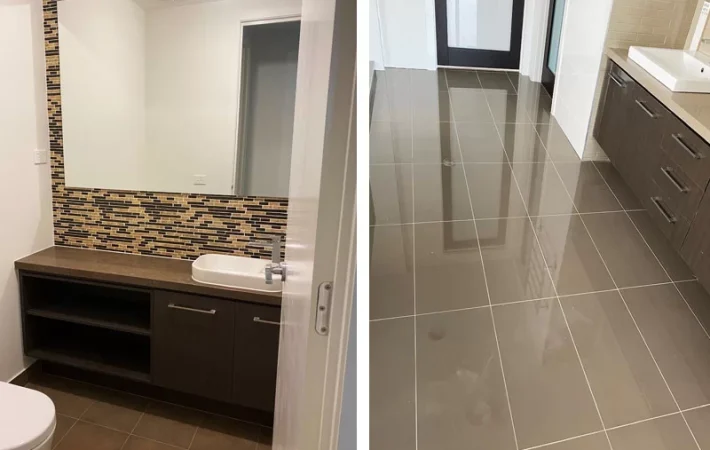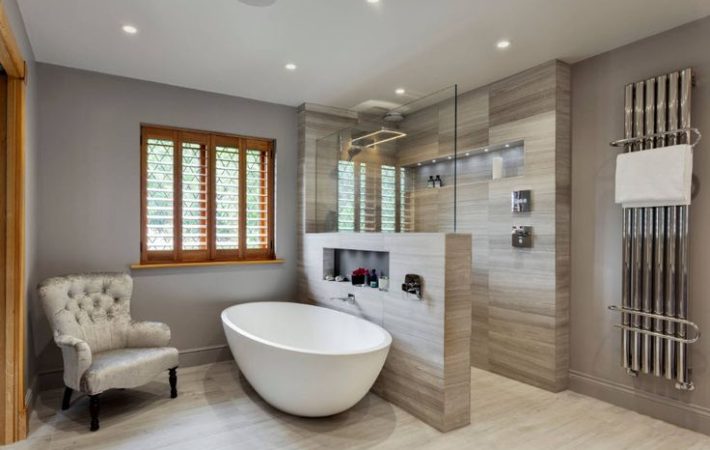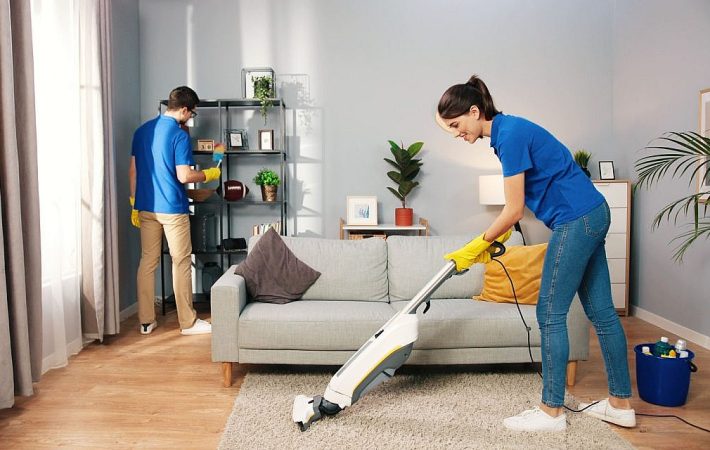Automatic sliding doors are increasingly becoming a staple in modern architecture and urban design. Their sleek, contemporary appearance is not only visually appealing but also serves a functional purpose that greatly enhances accessibility and convenience. Whether installed in commercial buildings, public spaces, or residential properties, these doors offer a range of benefits that cater to diverse needs. This blog post explores how automatic sliding doors contribute to accessibility and convenience, discussing their features, benefits, and applications.
The Evolution of Automatic Sliding Doors
The Origins of Sliding Auto Doors
The concept of automatic sliding doors dates back to the early 20th century. The first patent for sliding doors was filed in 1954 by a Japanese inventor, who designed them for commercial use. These early models were simple, relying on manual mechanisms and basic motor functions. Over time, advancements in technology and engineering transformed sliding auto doors into sophisticated systems with enhanced functionality and efficiency.
Technological Advancements
Modern automatic sliding doors have undergone significant technological improvements. Early systems were powered by basic electric motors and mechanical components, but today’s versions incorporate advanced sensors, programmable logic controllers, and energy-efficient mechanisms. These improvements ensure smoother operation, increased safety, and reduced energy consumption.
Benefits of Automatic Sliding Doors
Enhanced Accessibility
Automatic sliding doors are particularly beneficial for individuals with mobility challenges. Traditional doors can be difficult to open for those using wheelchairs, walkers, or crutches. Sliding auto doors eliminate the need for manual operation, providing a seamless entry and exit experience. The doors open automatically as someone approaches, allowing individuals with physical impairments to navigate spaces with ease.
Compliance with Accessibility Standards
Automatic sliding doors are designed to meet various accessibility standards, including the Americans with Disabilities Act (ADA) in the United States. These standards mandate that doors should be easily operable by individuals with disabilities. Automatic sliding doors comply with these regulations by offering touchless operation and adjustable settings to accommodate different user needs.
Improved Safety and Security
The integration of advanced sensors in automatic sliding doors enhances safety and security. Sensors detect motion and prevent the doors from closing if an obstruction is detected, reducing the risk of accidents. This feature is particularly useful in high-traffic areas where the risk of accidental collisions is higher.
Enhanced Security Features
Automatic sliding doors can also be equipped with additional security features, such as access control systems and alarms. These features help to regulate entry and exit, ensuring that only authorized individuals can access certain areas. For businesses and institutions, this added layer of security is crucial for safeguarding sensitive areas and protecting assets.
Increased Convenience
Convenience is a key advantage of automatic sliding doors. In high-traffic areas, such as shopping malls, airports, and hospitals, automatic sliding doors streamline movement and reduce congestion. The doors open automatically as individuals approach, eliminating the need to push or pull them manually. This is especially beneficial when hands are occupied with shopping bags, luggage, or medical equipment.
Energy Efficiency and Cost Savings
Automatic sliding doors are designed to be energy-efficient. Their ability to open and close only when necessary helps to minimize the loss of conditioned air, which can lead to significant energy savings. Many modern models feature insulated glass and advanced sealing systems to further enhance their energy efficiency. By reducing heating and cooling costs, these doors offer long-term financial benefits for both residential and commercial properties.
Applications of Automatic Sliding Doors
Commercial Spaces
Automatic sliding doors are commonly used in commercial spaces, including retail stores, restaurants, and offices. In these settings, they enhance the overall customer experience by providing a smooth and convenient entry process. Additionally, businesses can benefit from the doors’ ability to handle high foot traffic while maintaining a secure environment.
Retail Environments
In retail environments, automatic sliding doors create a welcoming atmosphere and improve accessibility for customers with disabilities. The ease of entry and exit encourages customers to visit more frequently, potentially increasing sales and customer satisfaction.
Public Buildings
Public buildings, such as hospitals, schools, and government offices, also utilize automatic sliding doors. In hospitals, for instance, these doors facilitate easy access for patients, staff, and visitors. They are particularly useful in emergency situations, where quick and unobstructed access is crucial.
Educational Institutions
In educational institutions, automatic sliding doors contribute to a safer and more accessible environment for students and staff. They are often used in high-traffic areas, such as entrances and hallways, to manage the flow of people efficiently and ensure that the building is accessible to everyone.
Residential Properties
Automatic sliding doors are increasingly being used in residential properties as well. They offer a modern and elegant solution for homes, providing ease of access to patios, gardens, and other outdoor spaces. In addition, these doors can enhance the overall aesthetic of a home, adding a touch of sophistication and contemporary style.
Home Integration
In residential settings, automatic sliding doors can be integrated with smart home systems, allowing homeowners to control them remotely using smartphones or voice commands. This level of convenience enhances the overall living experience, making it easier to manage home access and security.
Choosing the Right Automatic Sliding Door
Factors to Consider
When selecting automatic sliding doors, several factors should be considered to ensure they meet the specific needs of the property. These factors include the size of the opening, the type of traffic (foot or vehicular), and the environmental conditions (such as exposure to extreme weather). Consulting with a professional to assess these factors can help in choosing the most suitable door model.
Professional Installation and Maintenance
Proper installation and maintenance are crucial for the optimal performance of automatic sliding doors. Professional installers ensure that the doors are fitted correctly and function smoothly. Regular maintenance, including checking the sensors and mechanical components, helps to prolong the lifespan of the doors and prevent potential issues.
Conclusion
Automatic sliding doors offer a range of benefits that enhance accessibility and convenience in various settings. Their ability to provide easy access for individuals with disabilities, improve safety and security, and streamline movement in high-traffic areas makes them a valuable addition to both commercial and residential properties. With advancements in technology, these doors continue to evolve, offering greater efficiency, energy savings, and integration with modern systems. As we move towards a more inclusive and convenience-oriented future, automatic sliding doors will undoubtedly play a significant role in shaping our built environment.
By understanding the advantages and applications of automatic sliding doors, property owners and managers can make informed decisions that enhance the functionality and appeal of their spaces. Whether for a bustling commercial center, a public building, or a modern home, automatic sliding doors are an investment in accessibility, convenience, and overall efficiency.







Leave a comment
Your email address will not be published. Required fields are marked *